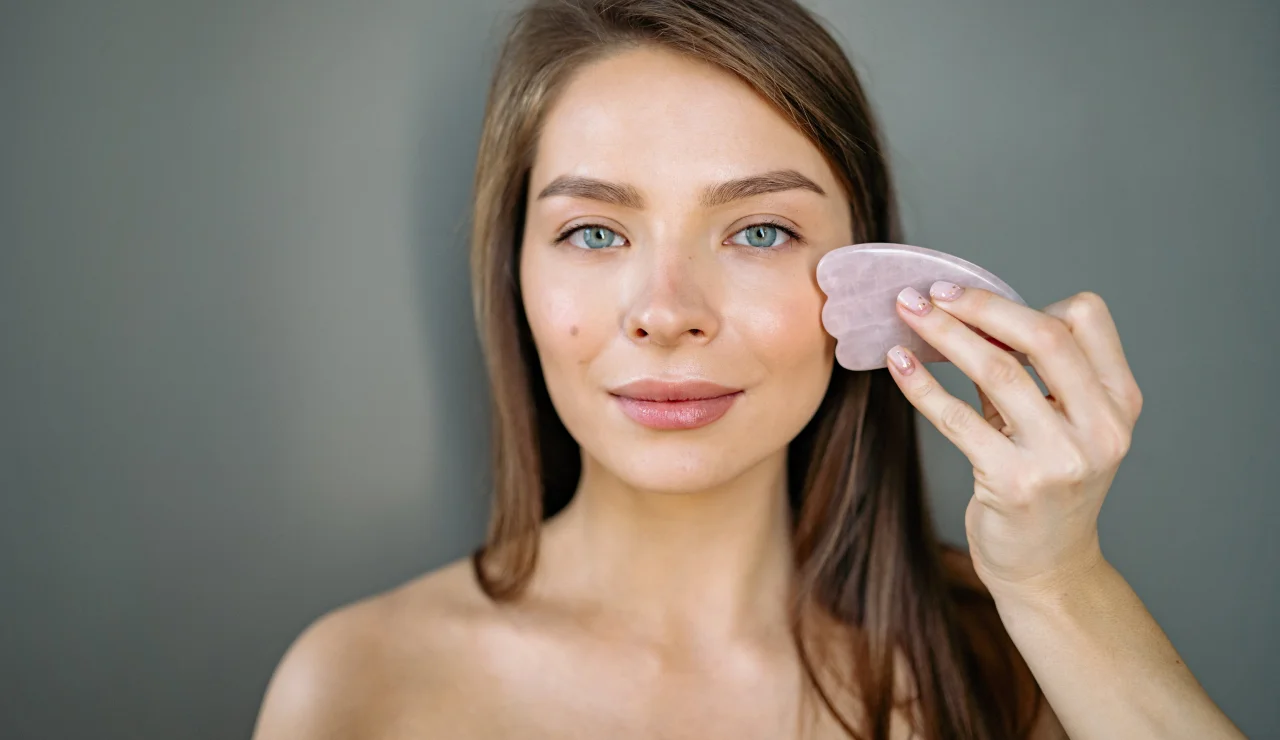Neurotoxins, like Botox, Dysport, and Xeomin, are popular injectable treatments designed to smooth out fine lines and wrinkles by temporarily relaxing the muscles responsible for facial expressions. These treatments are quick, non-invasive, and require no downtime, making them a favorite for those seeking a youthful, refreshed appearance with minimal effort.







